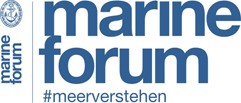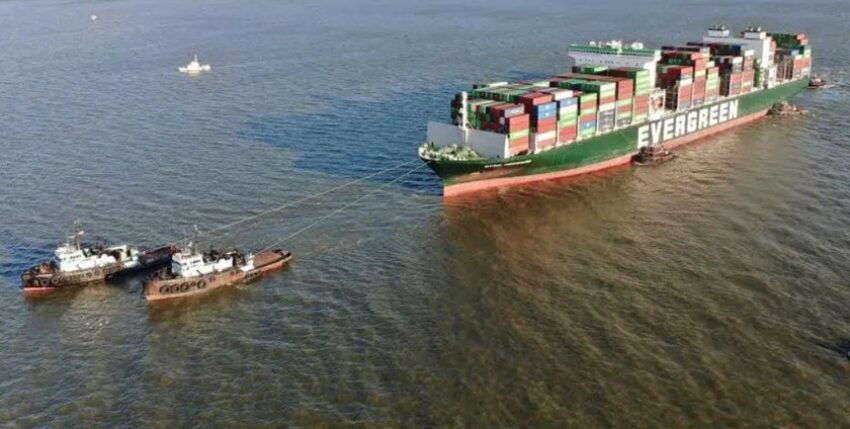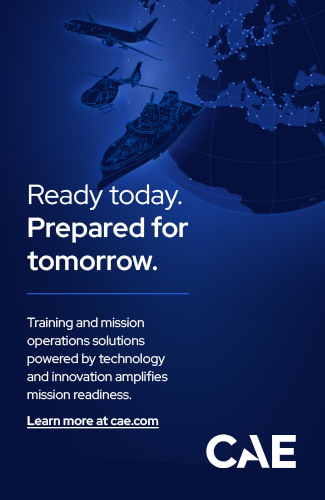The 20,000 TEU container freighter "Ever Given", wedged diagonally into the embankment in the Suez Canal, with the prominent white inscription of the shipping company EVERGREEN (Taiwan) on the frog-green side of the ship, is still a fond memory for anyone involved in shipping.
Less spectacular and also having a much smaller impact on international goods traffic was an accident that occurred on 13 March 2022 to the "Ever Forward", an 11.850 TEU container ship from Hong Kong after missing a course change before entering Norfolk/Virginia: at full speed, it ran squarely aground on the really sticky silt of the Chesapeake Bay and could only be towed free again after partially unloading 500 containers and dredging the furrow that had already formed to 12 metres.
The Coast Guard's investigation report has now been published. However, the pilot is held responsible for this accident due to his carelessness and negligence, but the bridge crew cannot completely escape responsibility either.
What had happened?
The bridge crew consisted of the pilot, the third officer, a trainee (deck cadet) and the lookout. Half an hour before the due course change, there was a partial change of watch on the bridge - among other things, the captain went below deck for dinner. Even before the change of watch, the officer on watch had observed the pilot making several calls on his mobile phone, reading and answering e-mails, but then not responding to the repeated reminder that the old course was still being followed. As it is well known that the pilot is responsible for navigation, but on the other hand the bridge watch was strictly instructed by the ship's command to only inform the captain in the event of problems, the disaster took its orderly course! The pilot relied completely on his PPU (Portable Pilot Unit - which should have "woken him up") and was still playing a playback of a previous passage (as he said in his defence), but nobody on the bridge dared to speak to him because he had the better local navigational experience and should know. And the master was only called when the ship was already stationary!
Recommendations of the U.S. Coast Guard
The following is recommended for all organisations involved in ship management:
1. to ensure that bridge crews do not feel relieved of their duty of responsible examination and active organisation of the navigational process when a pilot is on board (bridge awareness, crew awareness, safety culture).
2. developing and establishing rules for the use of electronic communication and entertainment devices on duty.
3. for pilot support applications (e.g. PPU), training and corresponding practice (exercise) must be demonstrated.
4. ensure that pilotage support applications - if used - are integrated into the navigational flow on the bridge (and are not only seen by two eyes . . .).
End of the flagpole! But why do you have to say everything twice?











One Response
Technology has become an integral part of seafaring;)
Ajan